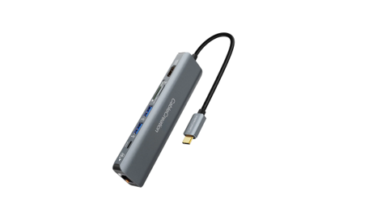Crack-Proof Your Android Apps: The Power of ProGuard

ProGuard is designed to perform three fundamental functions: obfuscation, optimization, and shrouding. Java class files can be pre-validated, compressed, optimized, and obfuscated at no additional cost. ProGuard is extensively integrated into libraries and Java applications, in addition to Android applications. The task of reverse engineering is significantly complicated, if not unattainable.
Android applications are susceptible to exploitation through reverse engineering; therefore, it is imperative that developers implement proguard as a foundational security measure. With minimal configuration effort, Proguard, an SDK-integrated utility, safeguards the codebase of your application in a secure manner.
- The benefits of implementing ProGuard are:
ProGuard is a highly recommended open-source command source utility for Android applications. Through the implementation of code legibility reduction, the security of the applications is effectively fortified. In addition to enhancing security measures, it effectively decreases application sizes, thereby offering a more compact solution. The main advantages of using ProGuard into your apps are listed below.
- Enhances an application’s overall functionality
ProGuard improves the codebase efficiency of apps. By eliminating parts that aren’t needed, it improves the apps’ overall effectiveness and maximizes their usefulness. When ProGuard is activated, the speed at which the application operates is greatly increased.
- Comprehensive dead code
ProGuard may be used to identify and remove dead code—code that is no longer used by your application—from the source code.
- Shrinks the size of applications overall
APK and AAB files may have their file sizes reduced using ProGuard. With ProGuard, an application’s size may be decreased by 20–90%. A more compacted and memory-efficient result is obtained by removing unnecessary resources and protocols from the application and library dependencies.
- Compact design
Unlike other Java obfuscators, ProGuard makes use of a template-based configuration framework. One of the biggest benefits that ProGuard has to offer is this. One may use an easy configuration file or a few basic command line parameters to start ProGuard.
- Defence against static inspection
By using static analysis, malicious organizations are able to get the application’s source code. Through the use of static analysis, malevolent actors may infer the internal workings of a program without actually running it by looking at its source code and control flow. ProGuard is able to shield the program from decompiles.
- It takes more work to reverse engineer
The difficulty of reverse engineering may be greatly increased by enforcing sensible ProGuard restrictions. Code is obfuscated using unusual names and reduced in size via ProGuard. If malicious hackers manage to get past the application’s security measures, sensitive information can end up in the public domain. The obfuscation features of ProGuard serve as a deterrent to attempts at reverse engineering.
Proguard Android quickly processes many gigabytes of data. Additionally, it offers the option to integrate Ant and JME Wireless Toolkit modules and make use of a graphical user interface.
Conclusion
Although ProGuard is mostly used by developers for its obfuscation features, the program has many additional uses outside of security. ProGuard has the ability to significantly reduce an application’s size. Unused codes are thrown away, and classes and their members are renamed using anomalies.
An application that has been implemented using ProGuard is more efficient and optimized. It also gets rid of unnecessary procedures and outdated resources. ProGuard runs without the need for any other dependencies. It combines classes and inline methods, shortens IDs, and removes unnecessary arguments. ProGuard can do this by deleting the logging code, all without changing the source code.




